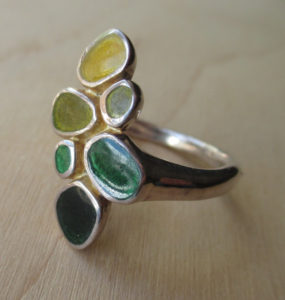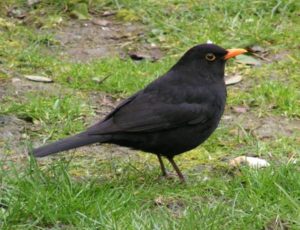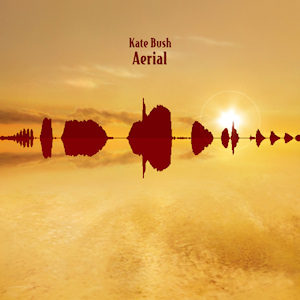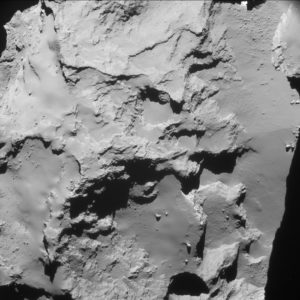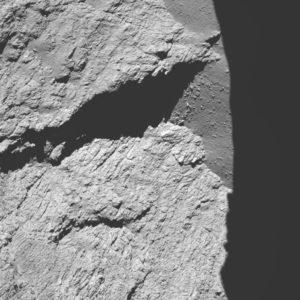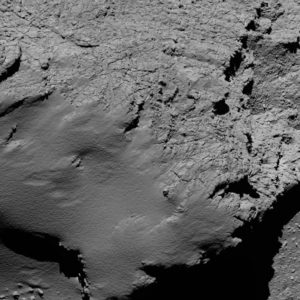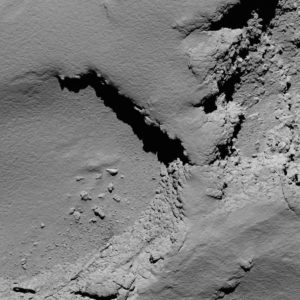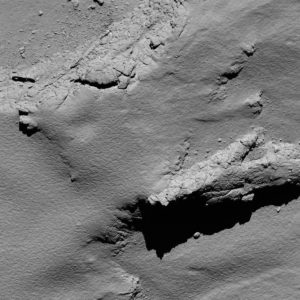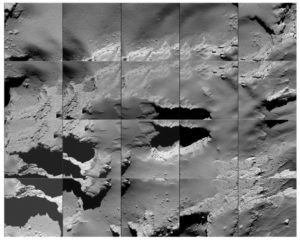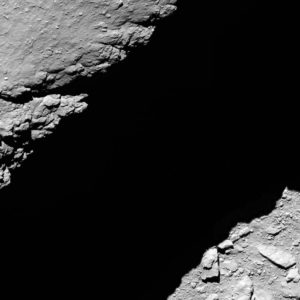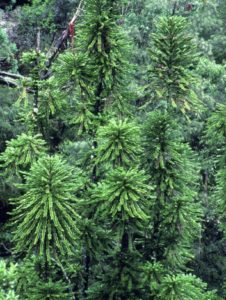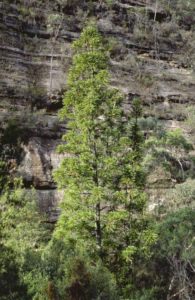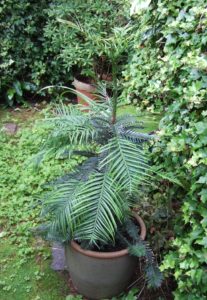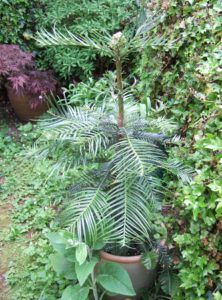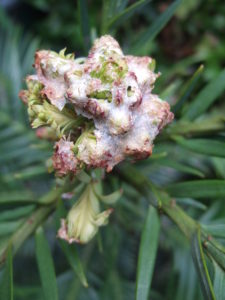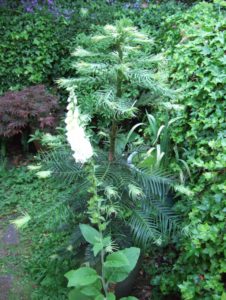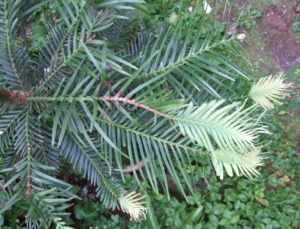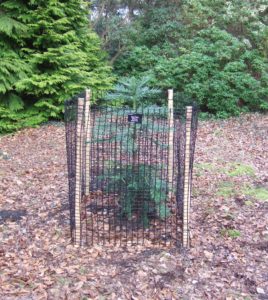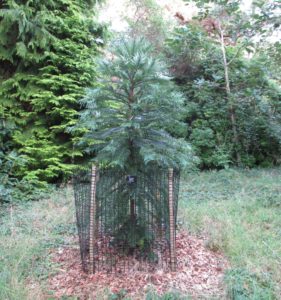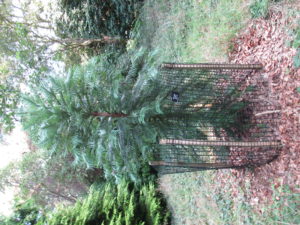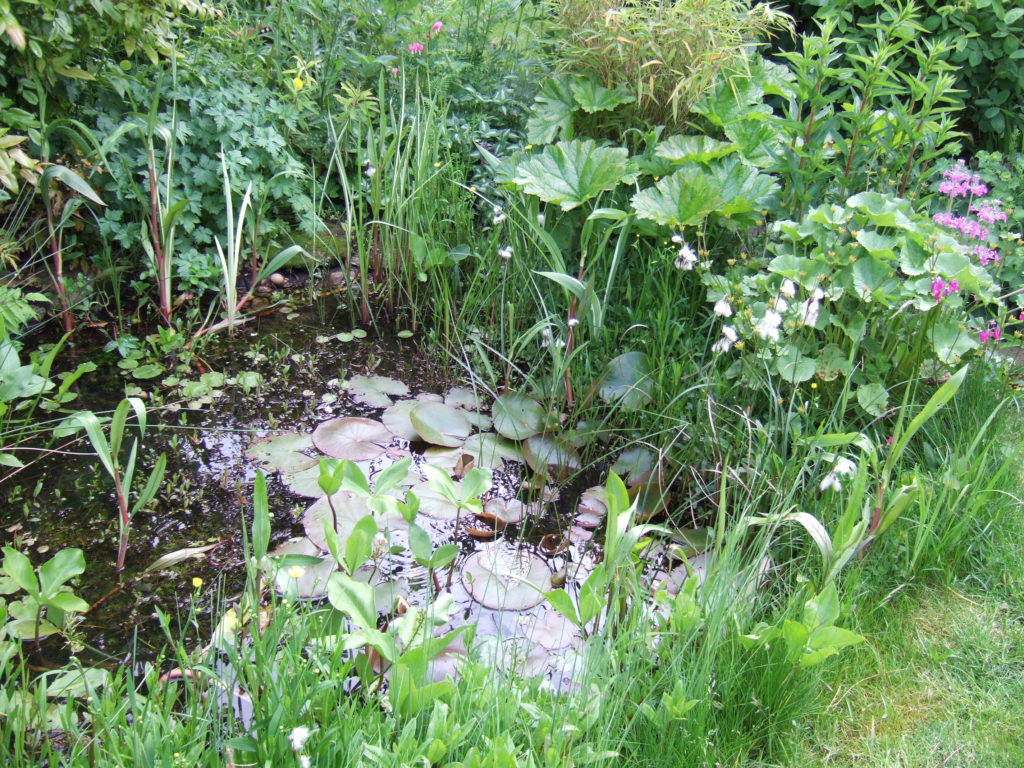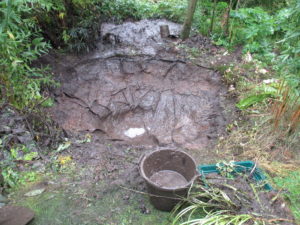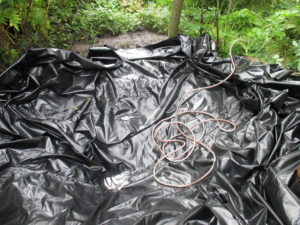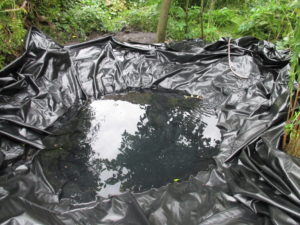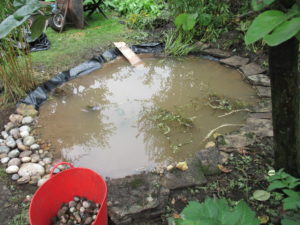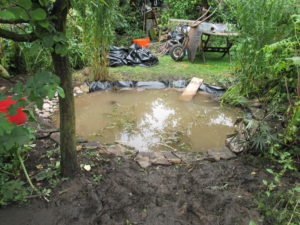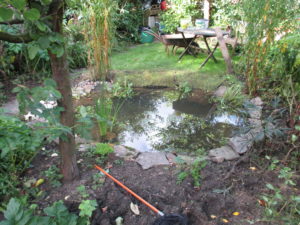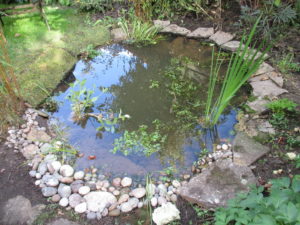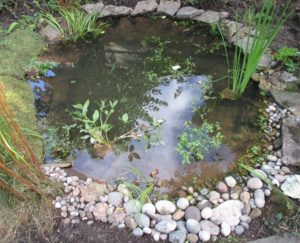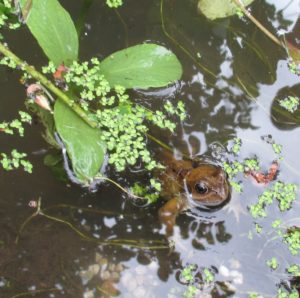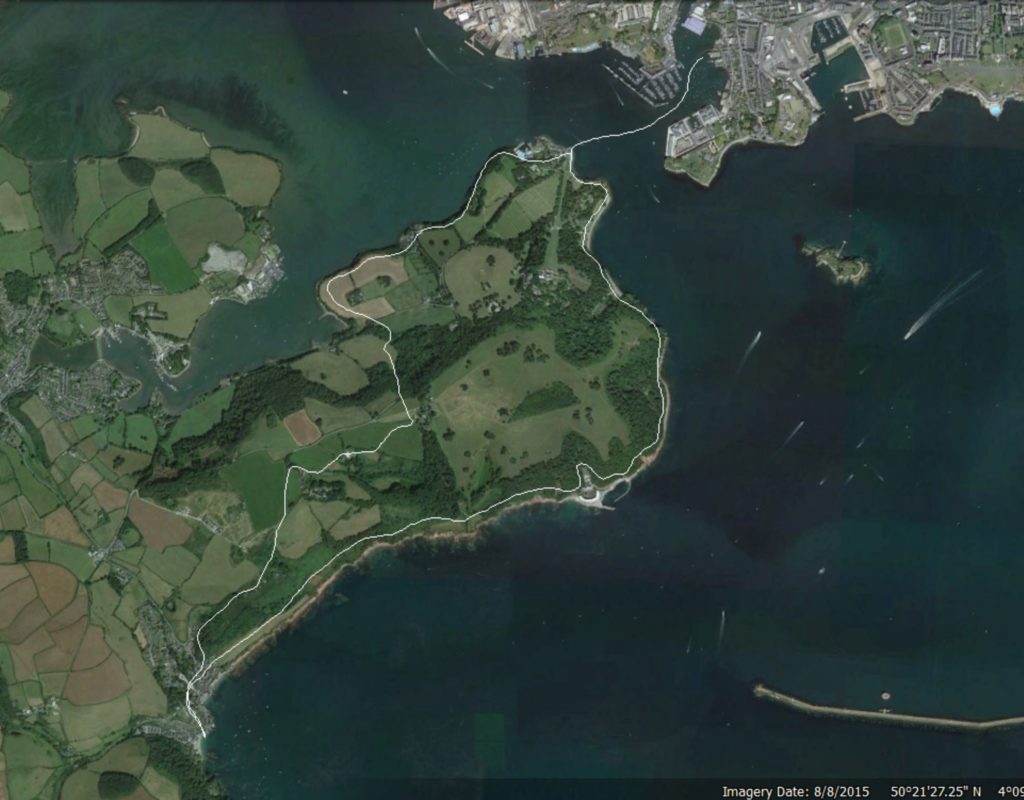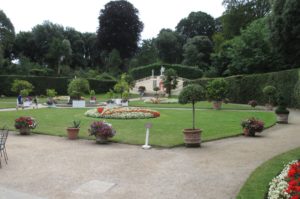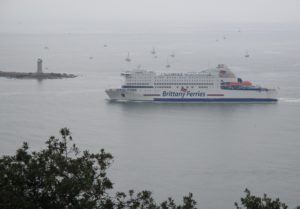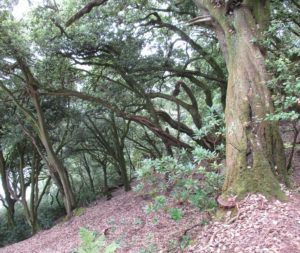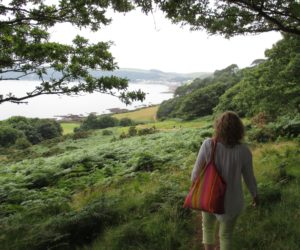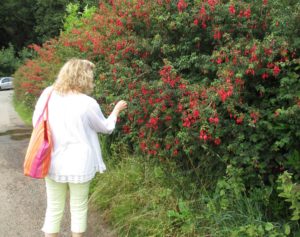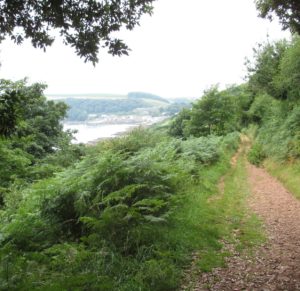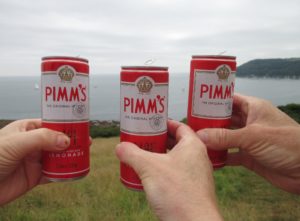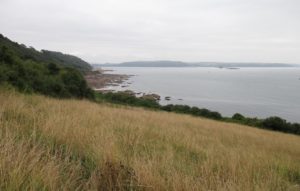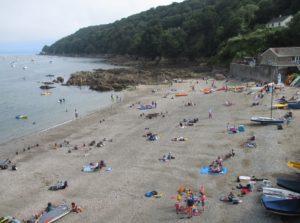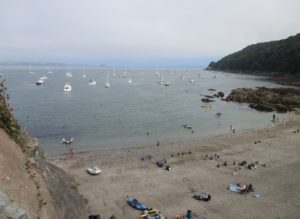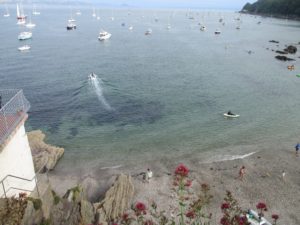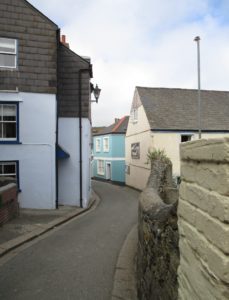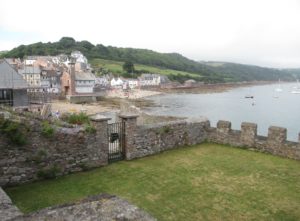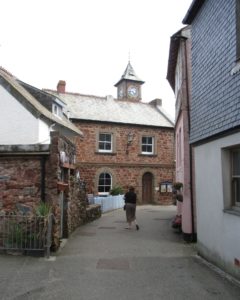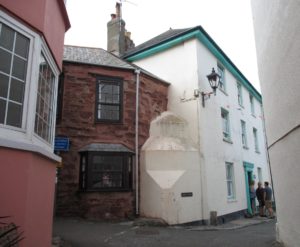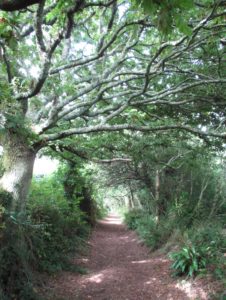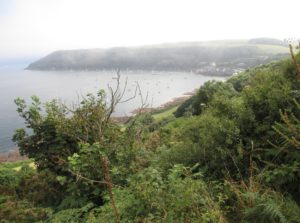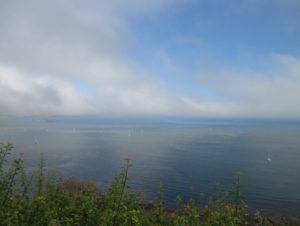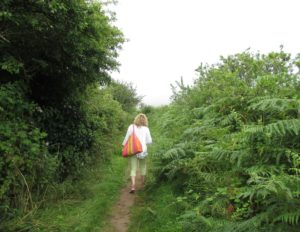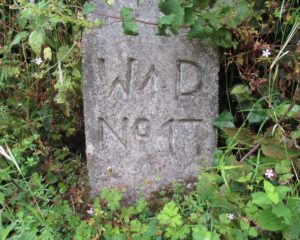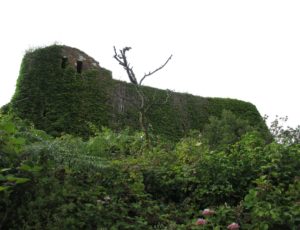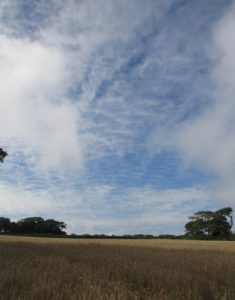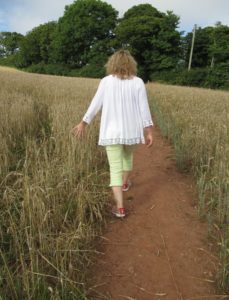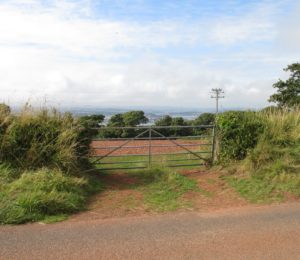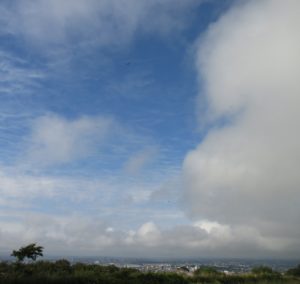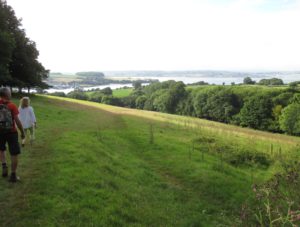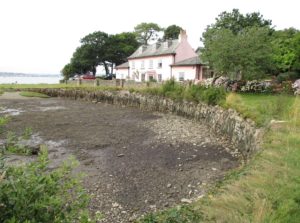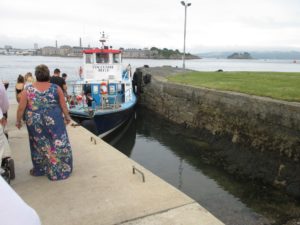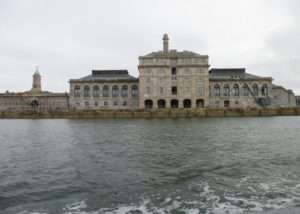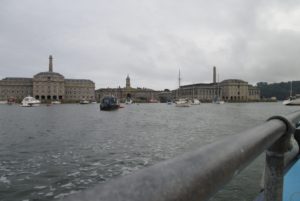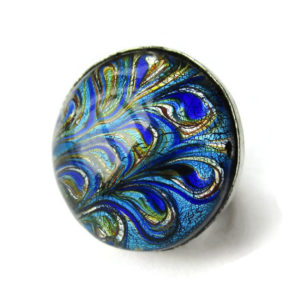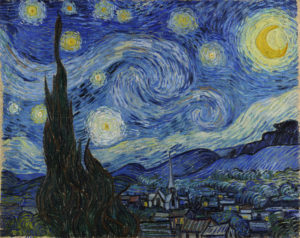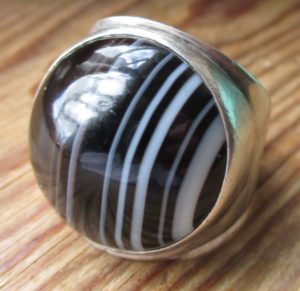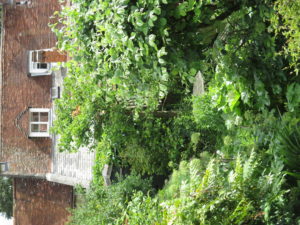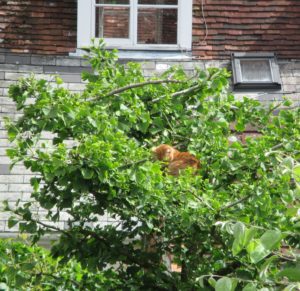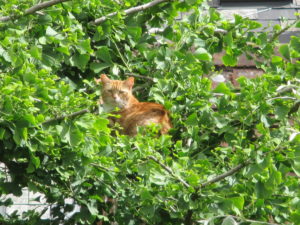I was in Salisbury this morning for a dental appointment, and was very excited to notice the unusual skies: the high-altitude small cobbler-like clouds (I know they have a name but I don’t know it) had four or five oval ‘gashes’ in them, each of which was filled with a fluffier, whiter cloud. These are called fallstreak holes.
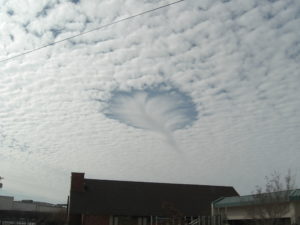
Not one of my fallstreak holes from this morning – this one was over Oklahoma City in the US in January 2010. It is very similar to what mine looked like though. Photo by Paul Franson.
Wikipedia explains their formation thus:
‘A fallstreak hole (also known as a hole punch cloud, punch hole cloud, skypunch, cloud canal or cloud hole) is a large gap, usually circular or elliptical, that can appear in cirrocumulus or altocumulus clouds. Such holes are formed when the water temperature in the clouds is below freezing but the water, in a supercooled state, has not frozen yet due to the lack of ice nucleation. When ice crystals do form, a domino effect is set off due to the Bergeron process, causing the water droplets around the crystals to evaporate: this leaves a large, often circular, hole in the cloud.
It is believed that the introduction of large numbers of tiny ice crystals into the cloud layer sets off this domino effect of evaporation which creates the hole. The ice crystals can be formed by passing aircraft which often have a large reduction in pressure behind the wing- or propeller-tips. This cools the air very quickly, and can produce a ribbon of ice crystals trailing in the aircraft’s wake. These ice crystals find themselves surrounded by droplets, grow quickly by the Bergeron process, causing the droplets to evaporate and creating a hole with brush-like streaks of ice crystals below it. Such clouds are not unique to any one geographic area and have been photographed from many places.’
But sadly not in Salisbury this morning by me, because I didn’t have my camera with me. Buggeration. At one point I could see five holes. When I came out of my dental appointment 45 minutes later they had gone, and in their place were fluffy cumulus clouds.
I love Strange Weather Days. I still remember the excitement when Chap and I saw our first (and still only) ever mammatus clouds, in New Zealand in 2008. Well, we have to get our jollies somehow, don’t we?
